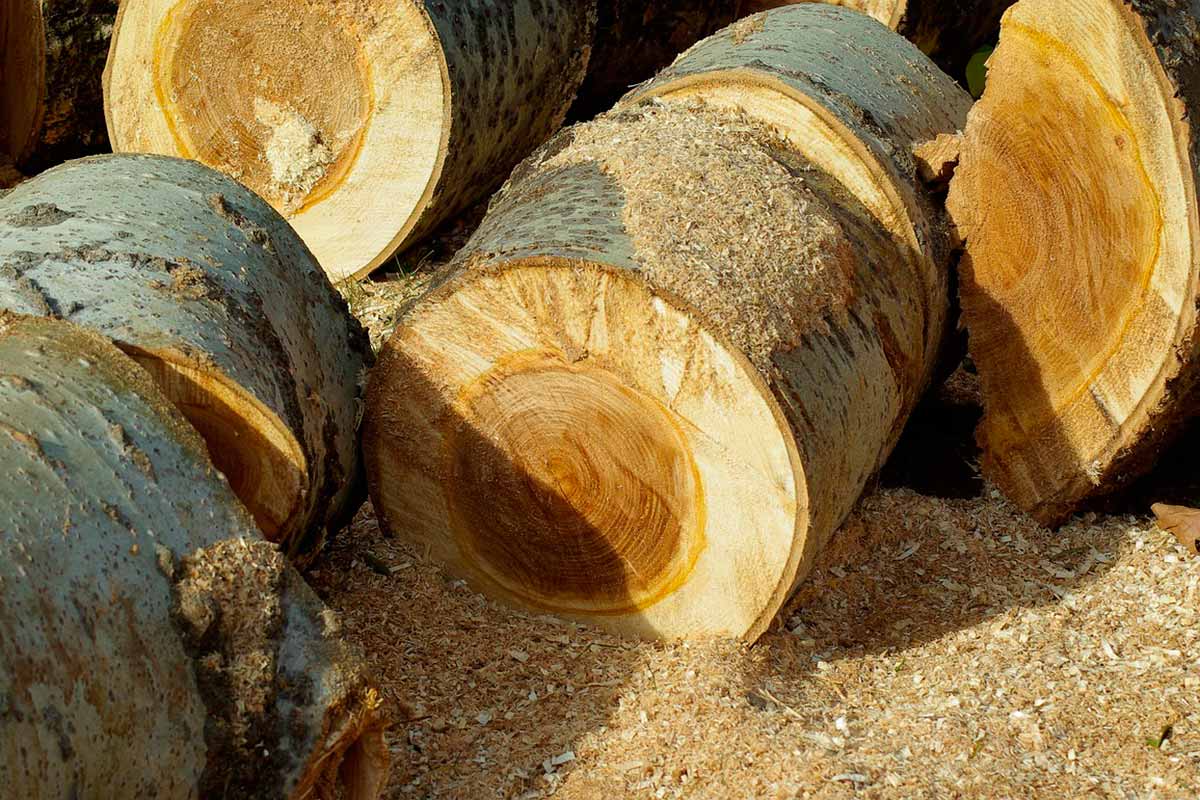When it comes to choosing firewood, it’s important to consider factors such as heat output, ease of use, safety, and availability. Elm firewood has gained popularity among fireplace or wood stove enthusiasts, but is it truly a good option?
In this article, we will explore the characteristics of elm wood, its burning qualities, how to identify elm trees, different types of firewood and their traits, splitting and seasoning techniques, burning considerations, safety precautions, comparisons with other wood types, alternative uses of elm wood, the impact of Dutch Elm Disease, and pricing and availability.
By the end, you’ll have a comprehensive understanding of whether elm is the best firewood choice for you and how to make an informed decision.
Elm Firewood Characteristics
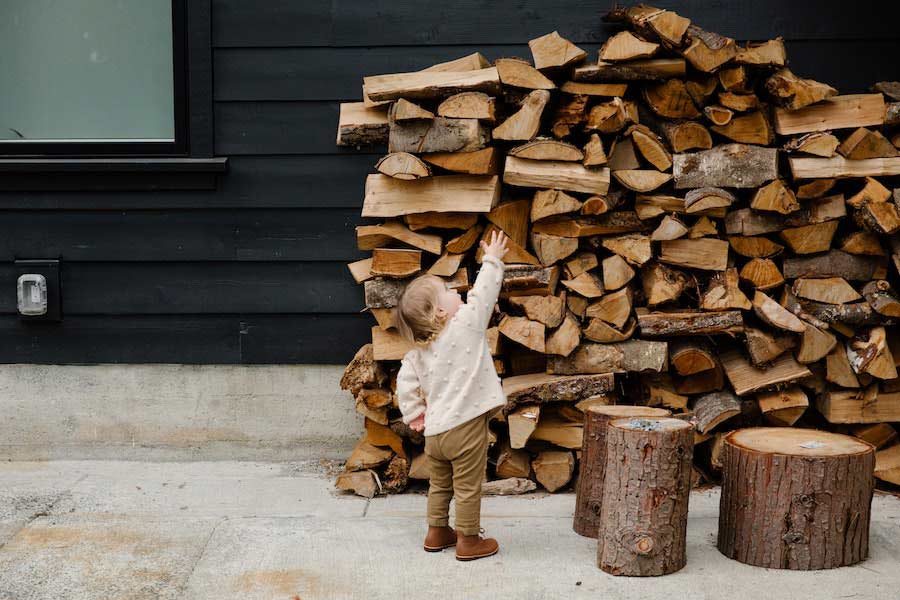
Heat Output (BTUs)
One of the key considerations when evaluating firewood is its heat output. The Elm tree is known for its ability to generate significant warmth.
It has a high BTU (British Thermal Unit) value, which means it produces a substantial amount of heat when burned. This makes elm a desirable choice for those seeking efficient heating.
Heat Production
In addition to high heat output, elm firewood also provides a consistent and steady heat production. It tends to burn evenly, providing a reliable heat source for warming spaces and maintaining a cozy atmosphere.
Smoke Production
Smoke production is an important factor to consider, especially for indoor use or areas with stringent air quality regulations.
Elm firewood typically produces moderate levels of smoke. While it may emit some wood smoke during combustion, proper ventilation and regular chimney maintenance can help minimize any potential issues.
Elm Firewood Smell
When burned, elmwood emits a distinct and pleasant aroma. The smell can add to the ambiance and enjoyment of a fire, creating a cozy and inviting atmosphere.
The unique scent of elm can be an appealing characteristic for those who appreciate the sensory experience of burning wood.
Identifying Elm Trees
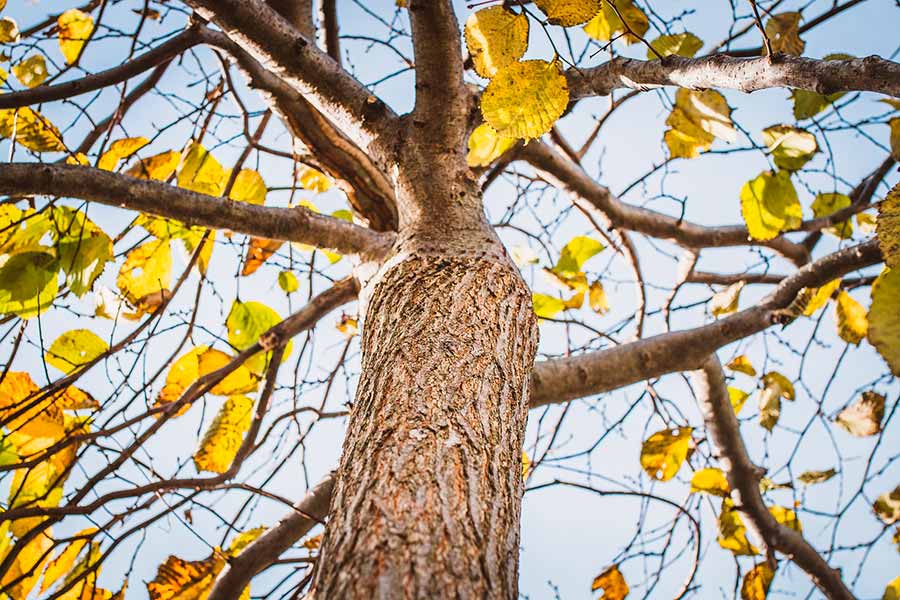
Before utilizing elm for firewood, it’s crucial to be able to identify standing dead elm trees accurately. Elm trees are characterized by their alternate branching pattern, serrated leaves with prominent veins, and distinctive corky ridges on their bark.
Familiarizing yourself with these distinguishing features will help you confirm whether you are dealing with elm trees.
How to Identify Elm Firewood
Identifying elm can be challenging, especially once it has been cut and split. However, there are a few characteristics to look for.
Elm firewood typically has a light to medium brown color, with a pronounced grain pattern and a moderately dense texture.
Paying attention to these visual cues can assist in differentiating elm good firewood from other wood types.
Elm Varieties and their Firewood Qualities
American Elm and its Firewood Traits
American Elm, another variety of elm tree, possesses its own unique firewood traits that make it a sought-after option for burning. One notable characteristic of American Elm firewood is its well-balanced qualities. Elm produces minimal sparks and offers a good combination of heat output, ease of ignition, and low smoke production.
When burned, American Elm firewood generates a substantial amount of heat, providing efficient warmth. This makes it an excellent choice for heating purposes, particularly in colder climates or during extended burning sessions. The firewood derived from American Elm can provide a sustained and substantial heat source, ensuring a cozy and comfortable environment.
In terms of ignition, American Elm is relatively easy to light. It ignites readily, allowing for convenient fire starting and quick heat production.
Red Elm and its Firewood Traits
Red Elm, also known as white elm or as slippery elm, is a variety of elm tree with distinctive firewood traits. When it comes to firewood, Red Elm offers exceptional heat output and sustained burning qualities.
One of the notable traits of Red Elm firewood is its ability to produce intense heat. When properly seasoned, Red Elm firewood burns hot and long, making it an ideal choice for colder climates or extended burning sessions. The firewood derived from Red Elm provides a sustained and substantial heat source, ensuring a warm and cozy environment.
In addition to its impressive heat output, Red Elm firewood is known for its ease of ignition.
Siberian Elm and its Firewood Traits
Siberian Elm is a variety of elm trees known for their firewood traits. It ignites quickly, produces intense flames, offers substantial heat output, and has relatively low smoke production. These characteristics make Siberian Elm firewood a desirable choice for efficient and visually appealing fires.
However, it’s important to follow local regulations and ensure proper seasoning and safety measures when using Siberian elm firewood.
Splitting Elm Firewood
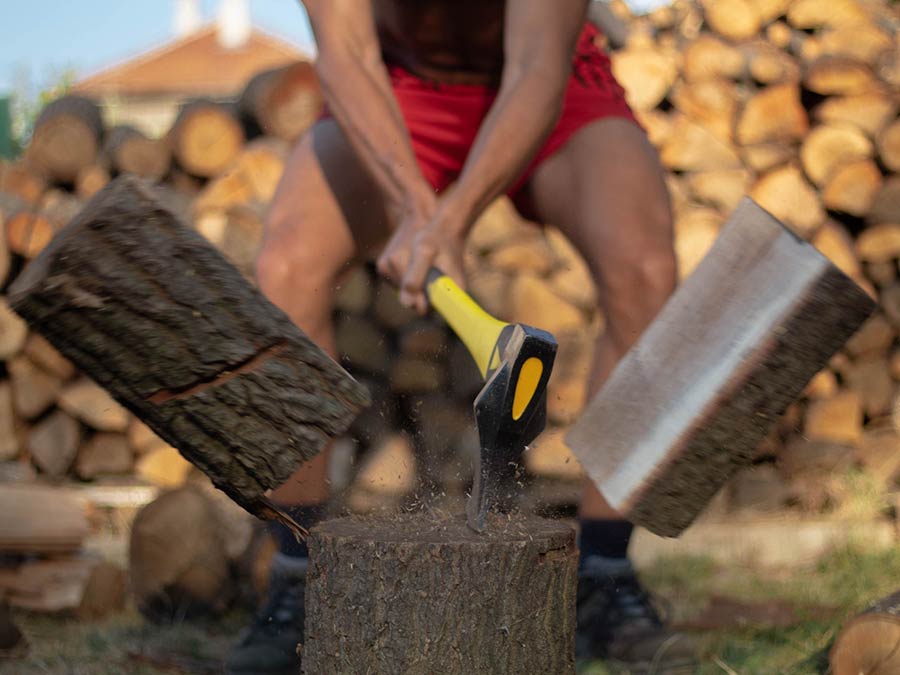
Splitting elm firewood can be moderately challenging due to its density and interlocking grain. Elm wood is known for its toughness and resilience, which can make it resistant to splitting. It may require more effort and suitable tools to effectively split elm wood or logs into manageable pieces.
Tips for Splitting Elm Firewood
To make the process of splitting elm firewood easier, consider the following tips:
- Use sharp tools: Having sharp axes, mauls, or wedges will make the task more efficient.
- Choose the right time: Elm wood is generally easier to split when it has been seasoned properly. Splitting seasoned elm firewood, when the moisture content is lower, can make the task less challenging.
- Employ proper technique: Optimize your splitting technique by aiming for the natural grain patterns and using controlled and well-placed strikes.
- Safety first: Always prioritize safety when split elm firewood. Wear appropriate protective gear and ensure a safe working environment.
Seasoning Elm Firewood
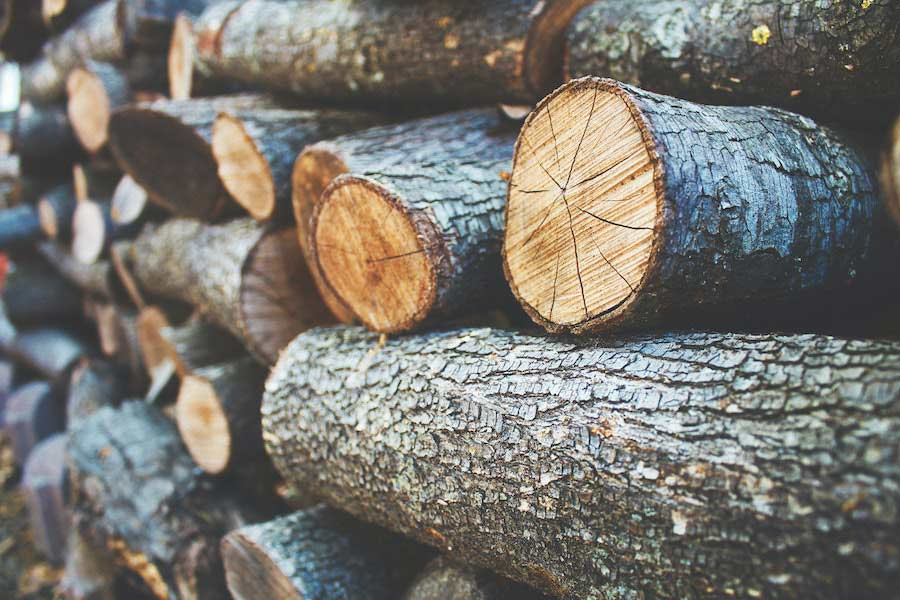
Seasoning elm is crucial to enhance its burning properties.
Elm wood typically requires a seasoning period of approximately 6-12 months, depending on various factors such as log size, moisture content, and environmental conditions.
Proper seasoning allows the wood to dry, reducing its moisture content and optimizing its combustion efficiency.
How Long to Season Elm Wood
To achieve the best burning results, aim to season firewood for at least 6 months. However, extending the seasoning time to 12 months or longer can further improve the wood’s quality.
The key is to ensure the wood is properly dried, which will enhance its heat output and reduce the potential for excessive smoke production.
Tips for Seasoning Elm Firewood
Consider the following tips to facilitate the seasoning process of elm firewood:
- Split the wood: Splitting the elm logs into smaller pieces will help accelerate the drying process by increasing the surface area exposed to air.
- Stack the wood properly: Create a well-ventilated woodpile by stacking the split elm pieces in a crisscross pattern, allowing air to circulate freely.
- Choose a suitable location: Place the woodpile in a sunny and dry area, protected from rain and snow. Ideally, use a firewood rack or elevate the wood off the ground to prevent moisture absorption.
- Monitor moisture content: Regularly check the moisture content of the wood using a moisture meter. The ideal range for well-seasoned good firewood is typically below 20%.
Burning Elm Firewood
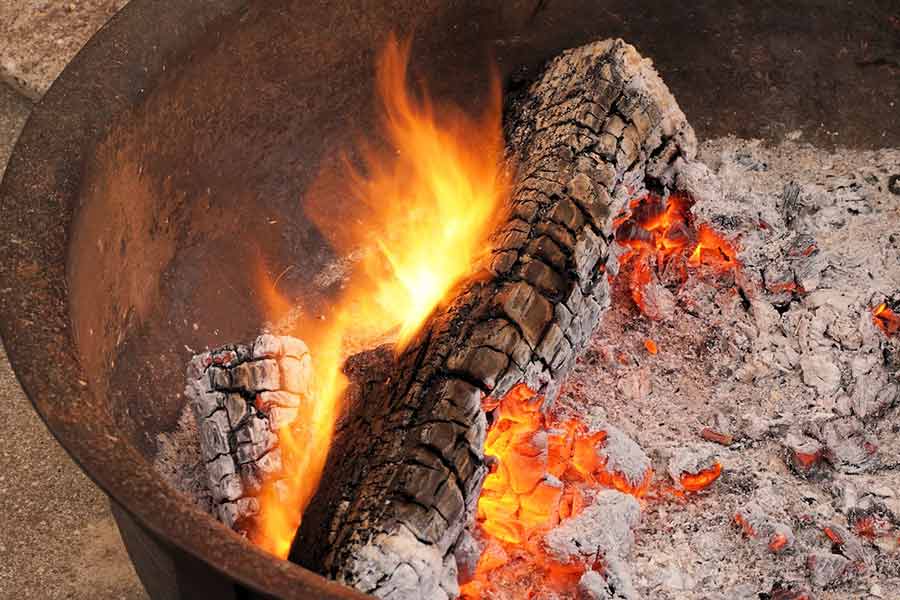
Is Elm a Hardwood?
Yes, elm is classified as a hardwood. Hardwood is generally denser than soft hardwood and has a higher energy content compared to softwood like Hackberry firewood, Poplar firewood or Birch firewood. Elm’s density contributes to its impressive heat output and sustained burning properties, making it a desirable choice for firewood.
Can You Burn Elm in a Fire Pit?
When it comes to burning elm firewood, it’s essential to understand its qualities and considerations. Elm is classified as a hardwood, known for its long-burning properties and ability to provide sustained heat. It can be used in various settings, including wood stoves, fireplaces, and outdoor fire pits. However, ensure you follow local regulations and guidelines regarding open burning and fire pit usage.
Elm Firewood Safety and Precautions
Safety should always be a priority when handling firewood. Consider the following safety precautions when using elm firewood:
- Adequate ventilation: Ensure proper ventilation in indoor spaces to prevent the accumulation of smoke.
- Smoke and carbon monoxide detectors: Install and regularly maintain smoke detectors and carbon monoxide detectors in areas where firewood is burned.
- Fire extinguisher: Keep a fire extinguisher nearby and familiarize yourself with its operation.
- Supervision: Never leave a fire unattended, and ensure it is completely extinguished before leaving the area.
- Dispose of ashes safely: Properly dispose of ashes in designated containers, away from flammable materials, and ensure they are completely cool before disposal.
Elm Firewood to Oak Firewood
Both elm and oak firewood offer excellent heat output, but oak tends to burn longer. Elm may produce slightly more smoke compared to well-seasoned oak.
Consider the specific needs of your heating requirements and the availability of each wood type in your region.
Elm Firewood to Maple Firewood
Maple firewood provides comparable heat output to elm but generally burns cleaner with less smoke. If you prioritize minimal smoke production, maple may be a preferable choice.
However, both elm and maple can be excellent options for firewood.
Elm Firewood to Pine Firewood
Pine firewood ignites easily and produces a vibrant flame, but it burns faster compared to elm. Pine firewood may also generate more creosote, which can increase the risk of chimney fires.
Elm firewood, on the other hand, offers a longer burn time and typically produces less creosote. Consider the trade-offs between the quick ignition of pine and the longer burn time of elm firewood stack based on your specific needs.
Other Uses of Elm Tree Wood
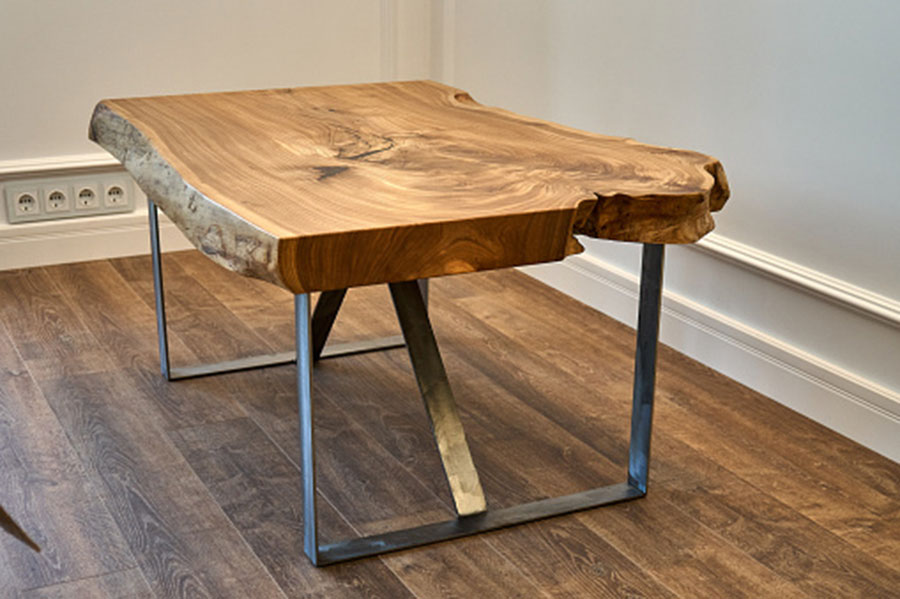
Elm Woodworking Projects
Elm wood is highly valued for its attractive grain patterns, durability, and resistance to splitting. It is commonly used in various woodworking projects, including furniture, cabinets, flooring, and decorative items.
Elm’s unique character and aesthetic appeal make it a sought-after material for creating beautiful and functional pieces.
Additional Applications of Elm Wood
Aside from woodworking, elm wood has additional applications. It is used to make cutting boards, utensils, and other kitchenware.
The wood’s resistance to splitting and its ability to absorb shocks make it suitable for tool handles, sports equipment, and musical instruments.
Dutch Elm Disease and its Impact

Dutch Elm Disease (DED) is a devastating fungal disease that has caused significant damage to elm tree populations worldwide. It is primarily spread by elm bark beetles and affects various elm species.
DED causes wilt and ultimately leads to the death of infected trees. Understanding the signs and symptoms of DED is crucial in preventing its spread and preserving healthy elm trees.
Managing Dutch Elm Disease in Elm Firewood
To prevent the spread of Dutch Elm Disease, it’s essential to ensure that any elm good firewood used is obtained from disease-free sources.
Avoid using firewood from trees infected with DED, as this can contribute to the transmission of the disease.
Be aware of local regulations and guidelines concerning the movement and use of elm in DED-affected areas.
Pricing and Availability of Elm Firewood
The cost of decent firewood can vary based on several factors. Geographic location, type of wood, local demand, availability, and the cost of processing and transportation all influence the price.
Additionally, the quality and seasoning of the firewood can impact its cost. It’s advisable to inquire with local firewood suppliers or tree service companies to get accurate pricing information.
Conclusion
In conclusion, elm firewood offers desirable qualities, including high heat output, moderate smoke production, and a pleasant aroma when burned. It is classified as a hardwood and comes in different elm varieties, making it an excellent choice for efficient heating.
Proper identification, splitting, and seasoning techniques enhance the burning experience. Safety precautions should be observed, comparisons to other firewood types considered, alternative uses explored, and awareness maintained regarding Dutch Elm Disease, pricing, and availability.
By evaluating these factors, you can make an informed decision about using elm firewood.

